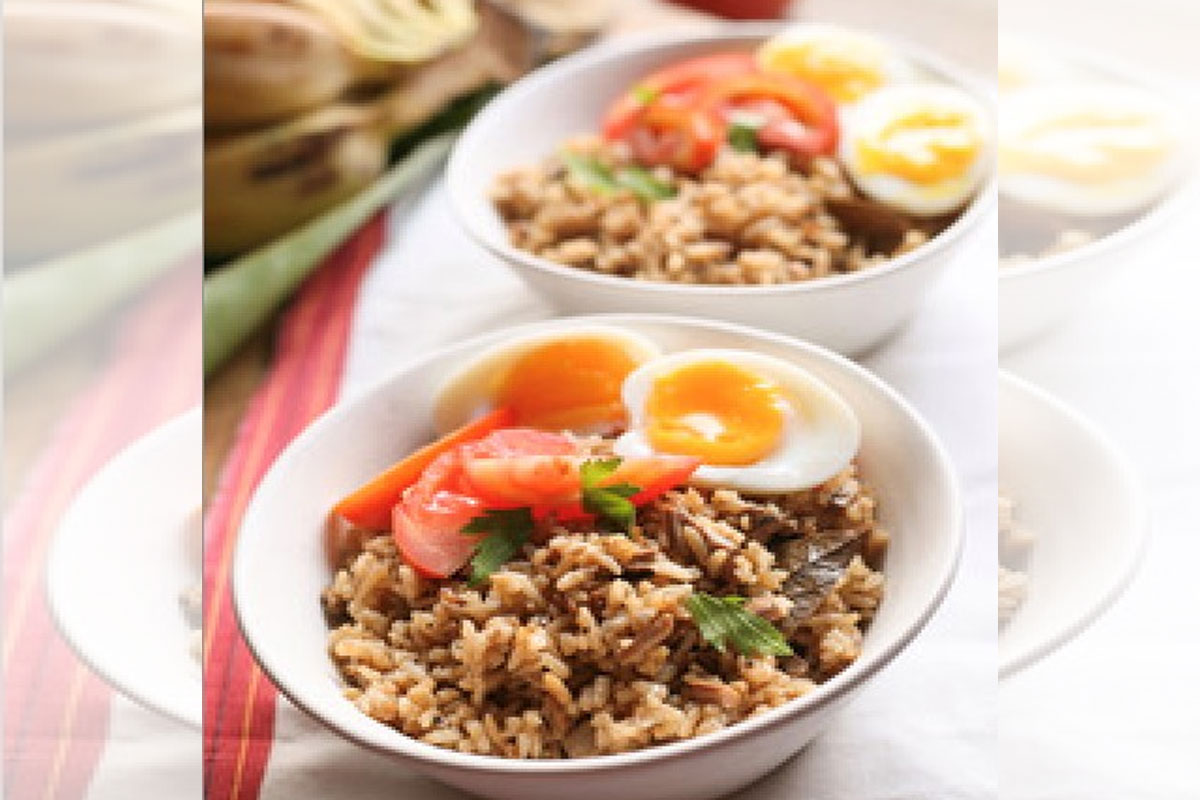
Get more fiber to avoid diverticulitis
LOVE your gut, doctors and nutritionists always say. This means that taking good care of our digestive system and protecting its microbiome would prevent serious illnesses like cancer, diverticulitis and other stomach-related health concerns.
One of the best tools is taking in some fiber-rich foods.
However, be careful about eating a lot of fiber at once. Overdoing it can cause gas, bloating, diarrhea, and abdominal cramps as your gut bacteria try to process all the new fiber.
These problems go away after a while as your digestive system gets used to the higher fiber levels, but you can avoid them by adding extra fiber gradually to your diet.
For example, try to add just one more serving of high-fiber food to your daily diet for a week, then see how your body feels. Give yourself another week, if needed. If everything is okay, add another daily serving for a week. Continue this pattern until you reach your daily quota of fiber.
Also, make sure to drink plenty of fluids each day—about 16 ounces of water, four times a day. Increasing your water intake can help fiber pass through your digestive system and avoid stomach distress.
Here are some additional tips that can help you make the transition to a higher-fiber diet.
* Eat a minimum of three servings of vegetables and two servings of fruit every day. What does that look like? In general, one serving is a single piece of fruit or a half-cup of raw fruits or vegetables, or a cup of leafy greens.
* Include fruits, vegetables, or both with every meal. For instance, include fruit with breakfast and as a snack, and vegetables with lunch and dinner.
* Eat pulses (the seeds of plants in the legume family), such as beans, lentils, and peas, at least three times a week. You can include them either as a plant-based protein in meatless dishes, or as the starch side in place of grains. For example, you could have fish on a bed of lentils rather than rice.
* Rely on nuts, seeds, and fruit for snacks. Or add them to other items like yogurt, oatmeal, salads, and stir-fries.
* Replace refined grains like white rice with whole grains like brown rice, wild rice, or bulgur. For pasta, look for versions made from quinoa or pulses like chickpeas and lentils.
Check nutrition fact labels for the amount of dietary fiber. Aim for at least 5 grams of fiber per serving. (Harvard Medical School)

























